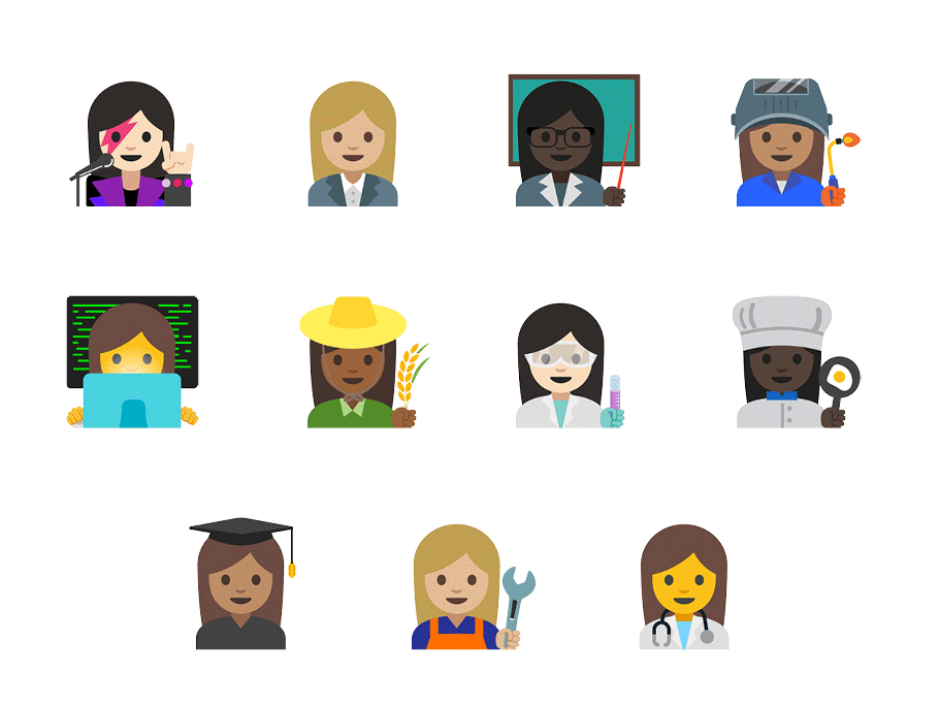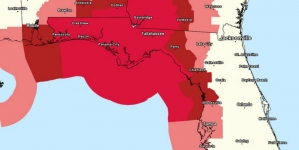-
Tips for becoming a good boxer - November 6, 2020
-
7 expert tips for making your hens night a memorable one - November 6, 2020
-
5 reasons to host your Christmas party on a cruise boat - November 6, 2020
-
What to do when you’re charged with a crime - November 6, 2020
-
Should you get one or multiple dogs? Here’s all you need to know - November 3, 2020
-
A Guide: How to Build Your Very Own Magic Mirror - February 14, 2019
-
Our Top Inspirational Baseball Stars - November 24, 2018
-
Five Tech Tools That Will Help You Turn Your Blog into a Business - November 24, 2018
-
How to Indulge on Vacation without Expanding Your Waist - November 9, 2018
-
5 Strategies for Businesses to Appeal to Today’s Increasingly Mobile-Crazed Customers - November 9, 2018
Women doctors, scientists, welders among 11 new emojis
Further, on the desktop, no emoji button will be displayed so you have to copy and paste this new emojis while you are tweeting.
Advertisement
Concerned as ever with diversity and equality, Google recently proposed a new set of emoji including a wider range of images of women in different professions.
The 11 new emojis depict a male or female farmer, welder, mechanic, health worker, scientist, coder, business worker, chef, student, teacher and rockstar.
Women professionals will soon be better represented in emoji form.
Other efforts have recently been made to improve the diversity of emojis such as the addition of more skin tone options.
Advertisement
Google announced in a blog post Thursday that 11 new emoji it submitted to the Unicode Emoji Subcommittee have been approved, and they will include variations for both men and women in any skin tone, bringing the total to more than 100. Unicode is also adding male and female versions to 33 existing emoji – so now that runner, biker and person getting a haircut can be a boy or a girl. For example, you can now use the female weightlifter, cyclist or surfer emoji when communicating with friends about your weekend plans. Until now, there were only male versions of those. With characters that were largely white and adhered to stereotypical gender norms, many thought the options did not accurately reflect the entire population of smartphone users. Every year the Unicode is trying out some new and adding the new emojis.




























